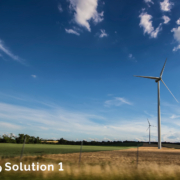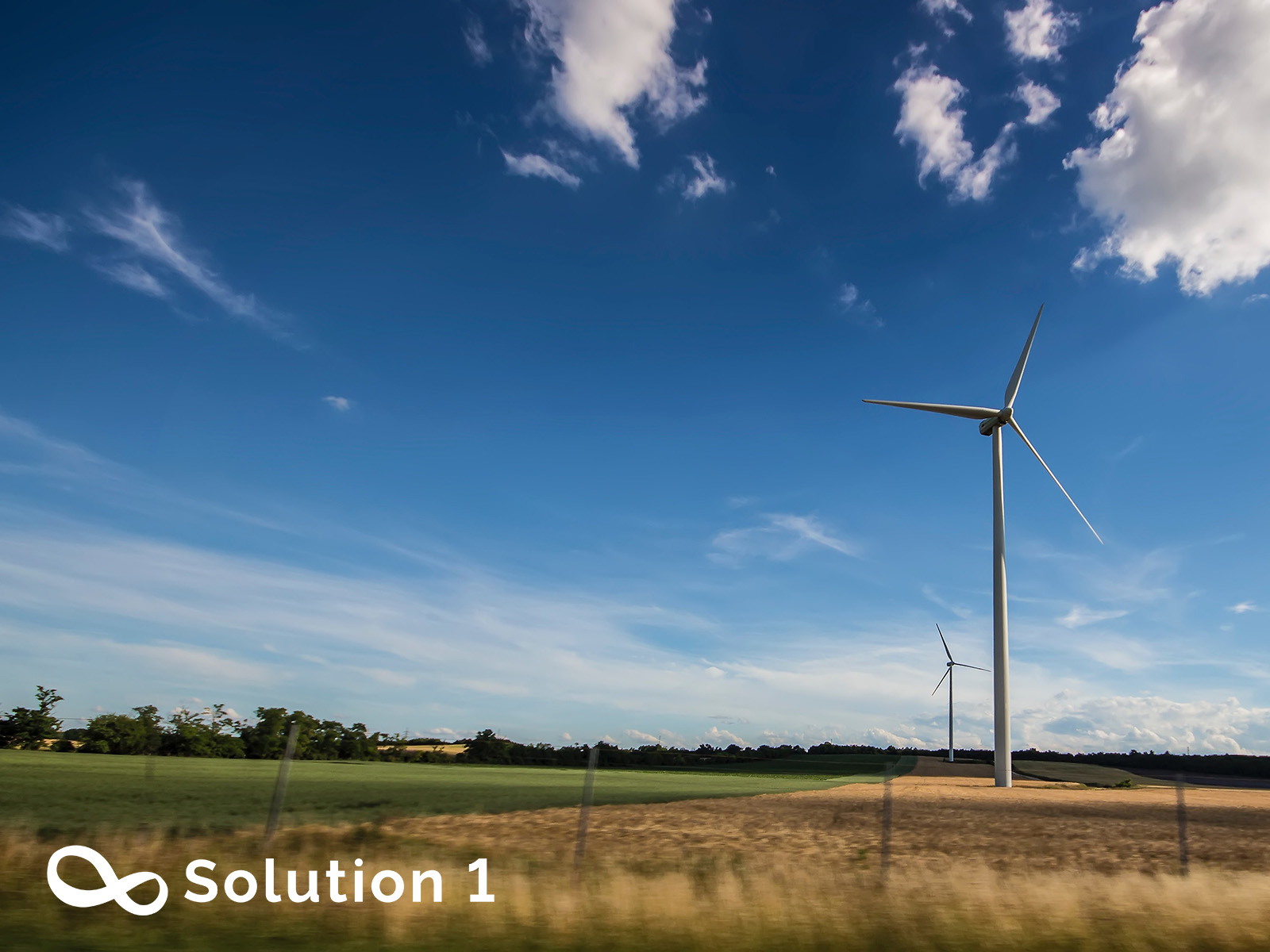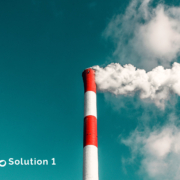More green power to a net-zero future.
- Times have changed, and our power source has also changed.
For much of the past 100 years or so, the energy system has been dominated by a single energy source: coal in the first half of the 20th century and then oil from the 1970s.
The demand for renewable energy has been rapidly increasing worldwide, as countries seek to respond to climate change, reduce air pollutant emissions, and prepare for fossil energy depletion.
Reducing carbon dioxide emissions from fossil fuels is central to greenhouse gas mitigation commitments submitted by 190 countries for the 2015 Paris Agreement.
“According to BP, if carbon emissions declined at the same average rate as 2020 for the next 30 years, global carbon emissions would decline by around 85% by 2050.”
European Union wants a carbon border tax for imports in 2023 for cutting its emissions, on the way to net-zero in 2050. Corporates have to make an accelerated push to net-zero or lose the business opportunities in the near future.
And that is why you find many big corporates that they use clean energy recently, and increase clean energy consumption, such as Apple, Amazon, Google, Meta, and TSMC.
Startups develop energy solutions to help the industry decarbonize and increase efficiency. Maersk shipping company plans to purchase some new ships that use methanol power for reducing carbon emissions and carbon tax.
TSMC and Google expand renewable energy usage to cut carbon emissions. TSMC signed a 20-year contract to buy power from Orsted’s wind farm in 2020 and has bought almost all green power produced in Taiwan.
- Renewable energy in our future.
Renewable energy sources have been important for humans since the beginning of civilization. For decades, with supplies of wind power and solar power, smart electricity grids and IoT systems have been developed to store and deliver energy more efficiently.
As far as possible, we use electrical energy rather than solid and liquid fuels. Such as wind, solar, biomass, and hydropower are the main sources of electricity.
“According to IEA, renewable electricity generation in 2021 is set to expand by more than 8% to reach 8 300 TWh, the fastest year-on-year growth since the 1970s. Solar PV and wind are set to contribute two-thirds of renewables growth. China alone should account for almost half of the global increase in renewable electricity in 2021, followed by the United States, the European Union and India.”
Clean energy will become the predominant form of energy in the future, entailing a potential doubling of electricity demand and consequently a fourfold increase in low-carbon electricity generation. This is a significant and historic undertaking. It means ending dependency on oil to power nearly half of the economy.
Driving the recent swing away from conventional energy such as coal, gas, and oil, the reason is that clean energy is more economic. Such as onshore wind power and solar power, which have dropped dramatically and is competitive with fossil fuels.
Wind and solar, the fastest-growing sources of electricity, reach a record 10% of global electricity in 2021; all clean energy is now 38% of supply.
In 2021, Viet Nam saw astonishing growth in solar as it increased its generation by 337% (+17 TWh) in a single year, to become the world’s 10th largest solar generator. It also reduced its costly gas import bill.







